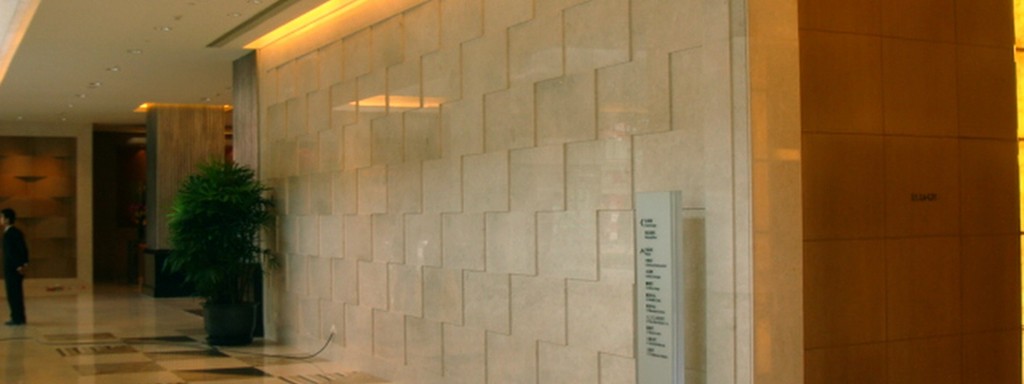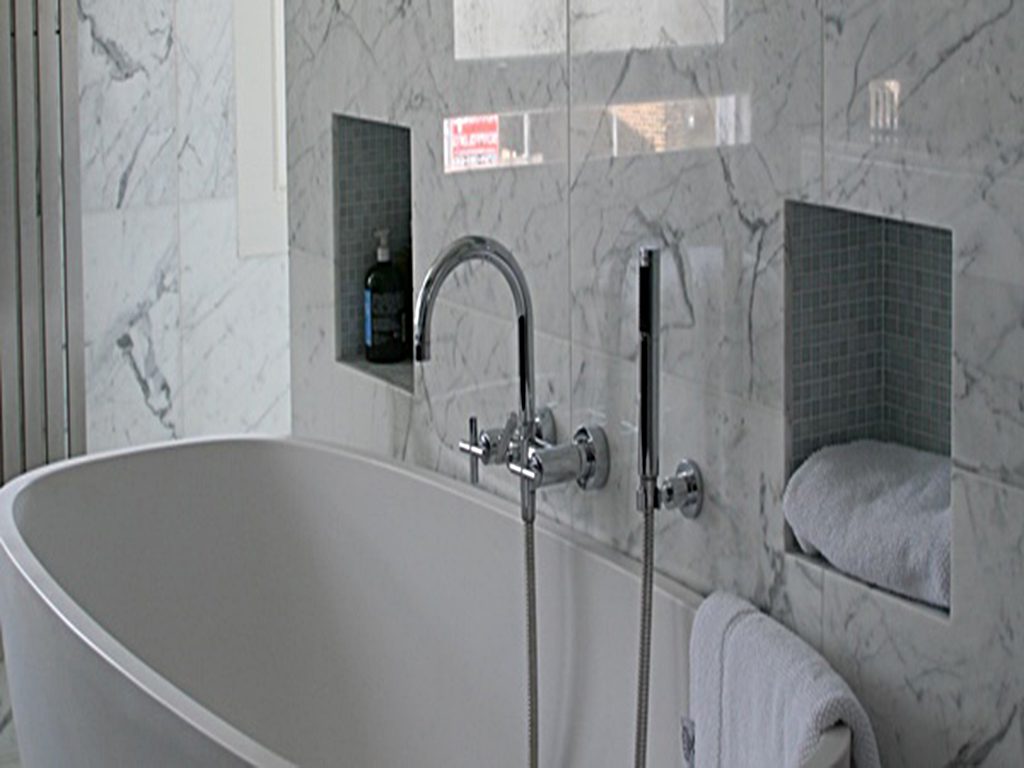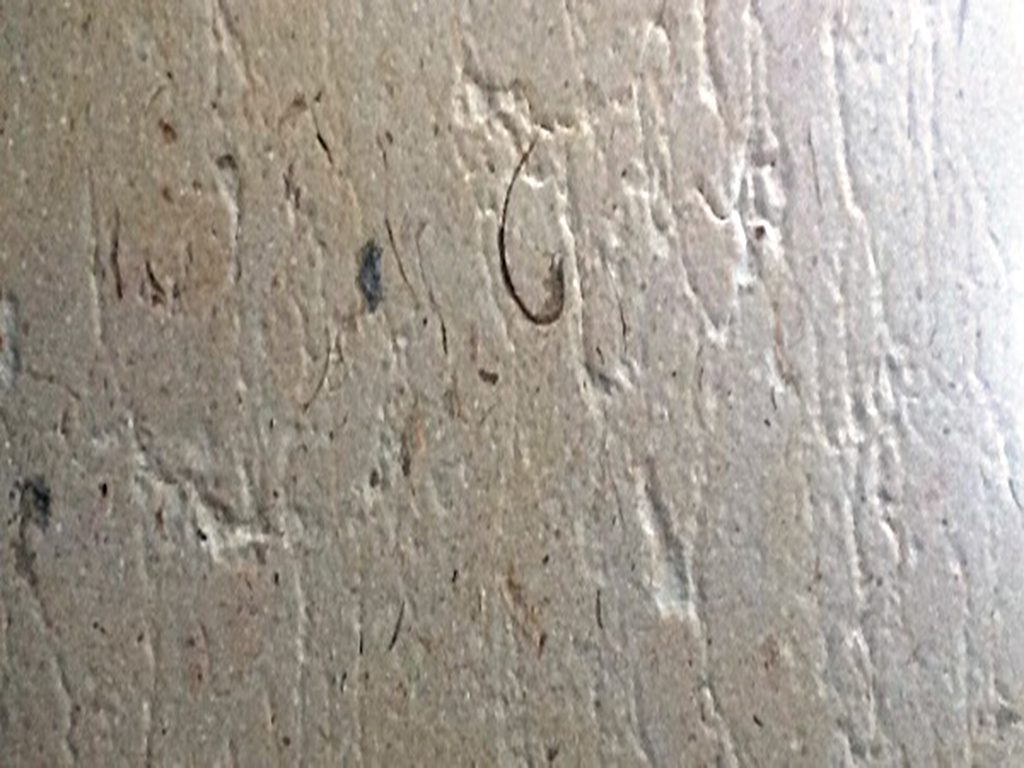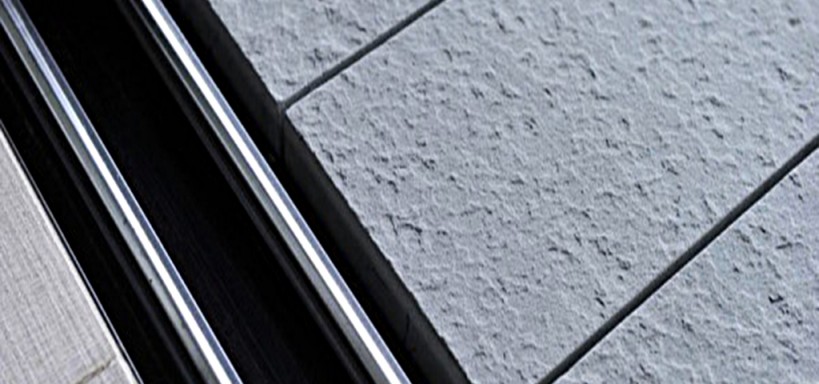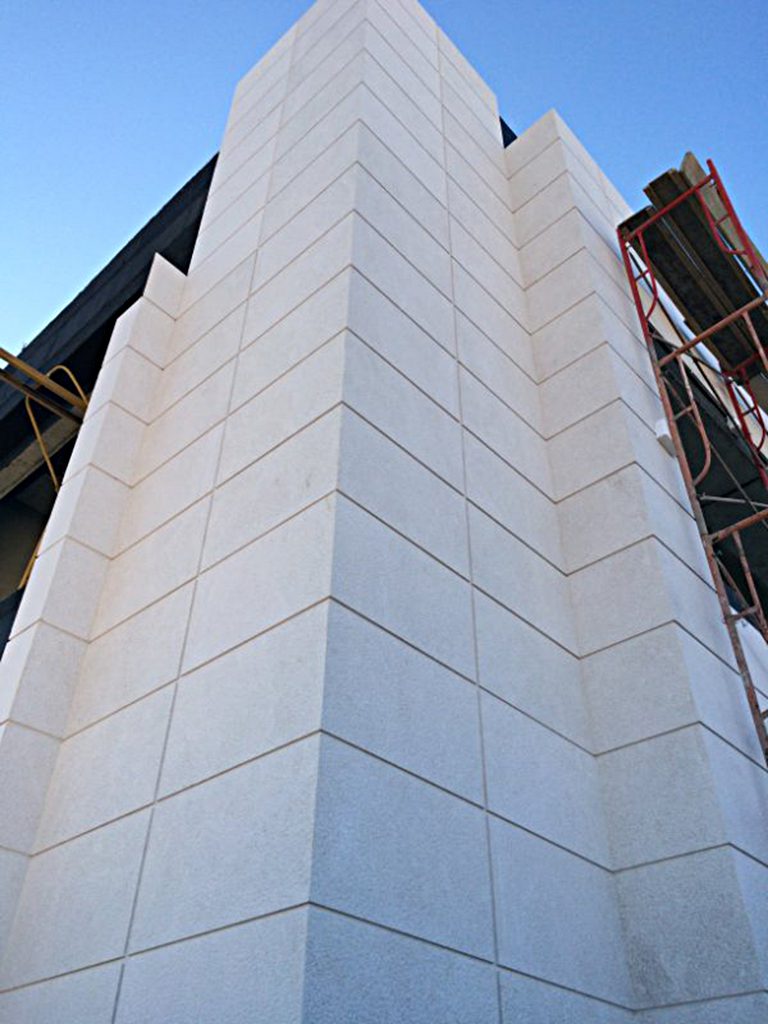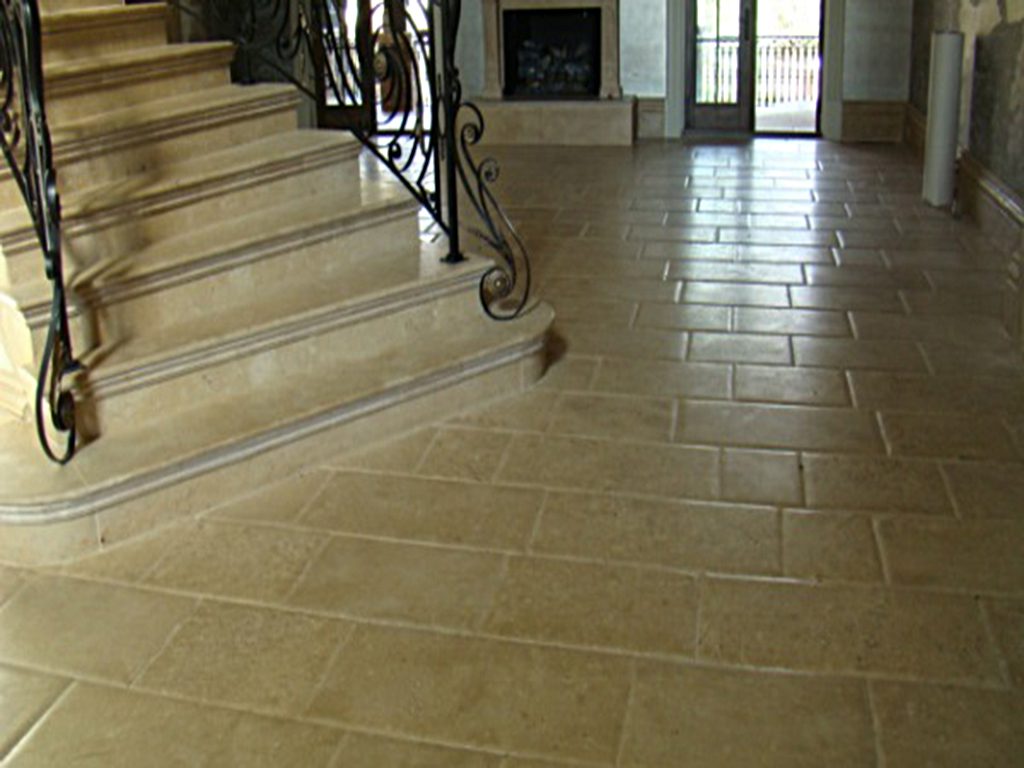Most people will be able to picture what a polished marble tile or an antiqued limestone tile would look like and some will understand what is meant by the term honed. But there are lots of other options for surface finishes on natural stone and some of these may not be quite so easy to imagine.
Some of the different options are explained below:


